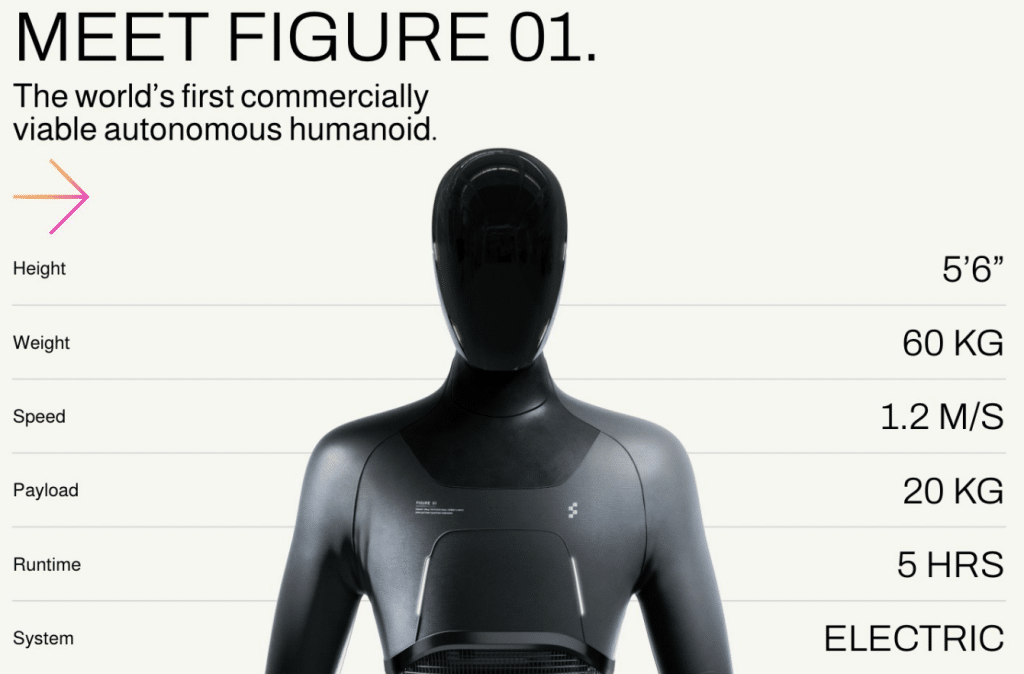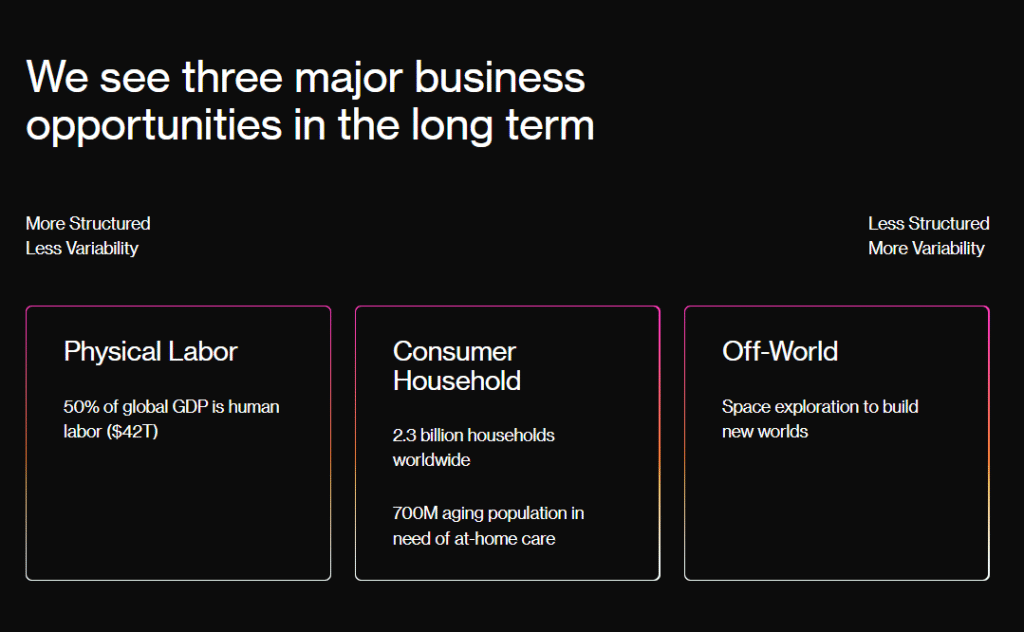Can humanoid robots coexist with humans? Figure's mission to expand human capabilities through advanced AI is not singular - many other AI and robotics companies are currently developing androids that address global labour needs. But Figure is now in the news because BMW decided to deploy humanoid robots in BMW manufacturing plants, starting in Spartanburg, South Carolina. And, while FIGURE 01, the world's first commercially viable autonomous humanoid robot, starts its career in automotive manufacturing, the robot still brings together the dexterity of the human form and cutting-edge AI to go beyond single-function robots and lend support across logistics, warehousing, and retail. Plus, a bit more: at-home care for 700 million aging population in need in 2.3 billion households worldwide.

Beyond the deployment of humanoid robots in an automotive manufacturing environment, BMW Manufacturing and Figure jointly will explore advanced technology topics such as artificial intelligence, robot control, manufacturing virtualization, and robot integration.
The world is in the early stages of an AI and Robotics revolution, which offers a unique opportunity to increase production and improve the standard of living significantly. As automation becomes more integrated with human life at scale, Figure predicts that the labor-based economy will transform. Robots that can think, learn, reason, and interact with their environment will eventually be capable of performing tasks better than humans.
"Single-purpose robotics have saturated the commercial market for decades, but the potential of general purpose robotics is completely untapped. Figure's robots will enable companies to increase productivity, reduce costs, and create a safer and more consistent environment," said Brett Adcock, Founder and CEO of Figure.
In early development, androids will primarily be used in manufacturing, shipping and logistics, warehousing, and retail industries, where labor shortages are the most severe. Initially, the tasks humanoids complete will be structured and repetitive, but over time, and with advancements in robot learning and software, humanoids will expand in capability and be able to tackle more complex job functions.

It's worth noting that humanoids will not be placed in military or defense applications, nor in any roles that require inflicting harm on humans. Figure expects its robots will only be used in jobs humans don't want to perform. The reasoning for Figure's existence comes from statistics cited by the company:
Manual labor compensation is the primary driver of goods and services prices, accounting for approximately 50% of global GDP (~$42 trillion/yr). However, as robots join the workforce, everywhere from factories to farmland, the labor cost will decrease until it becomes equivalent to the price of renting a robot, facilitating a long-term reduction in costs. Over time, humans could leave the loop altogether as robots can build other robots — driving prices down even more.
View this post on Instagram
The productivity of society could be transformed in exciting ways. Manual labor could become optional, and higher production could bring abundant, affordable goods and services, creating the potential for more wealth for everyone. Figure believes humanoids will revolutionize various industries, from corporate labor roles to assisting individuals in the home, caring for the elderly, and building new worlds on other planets.